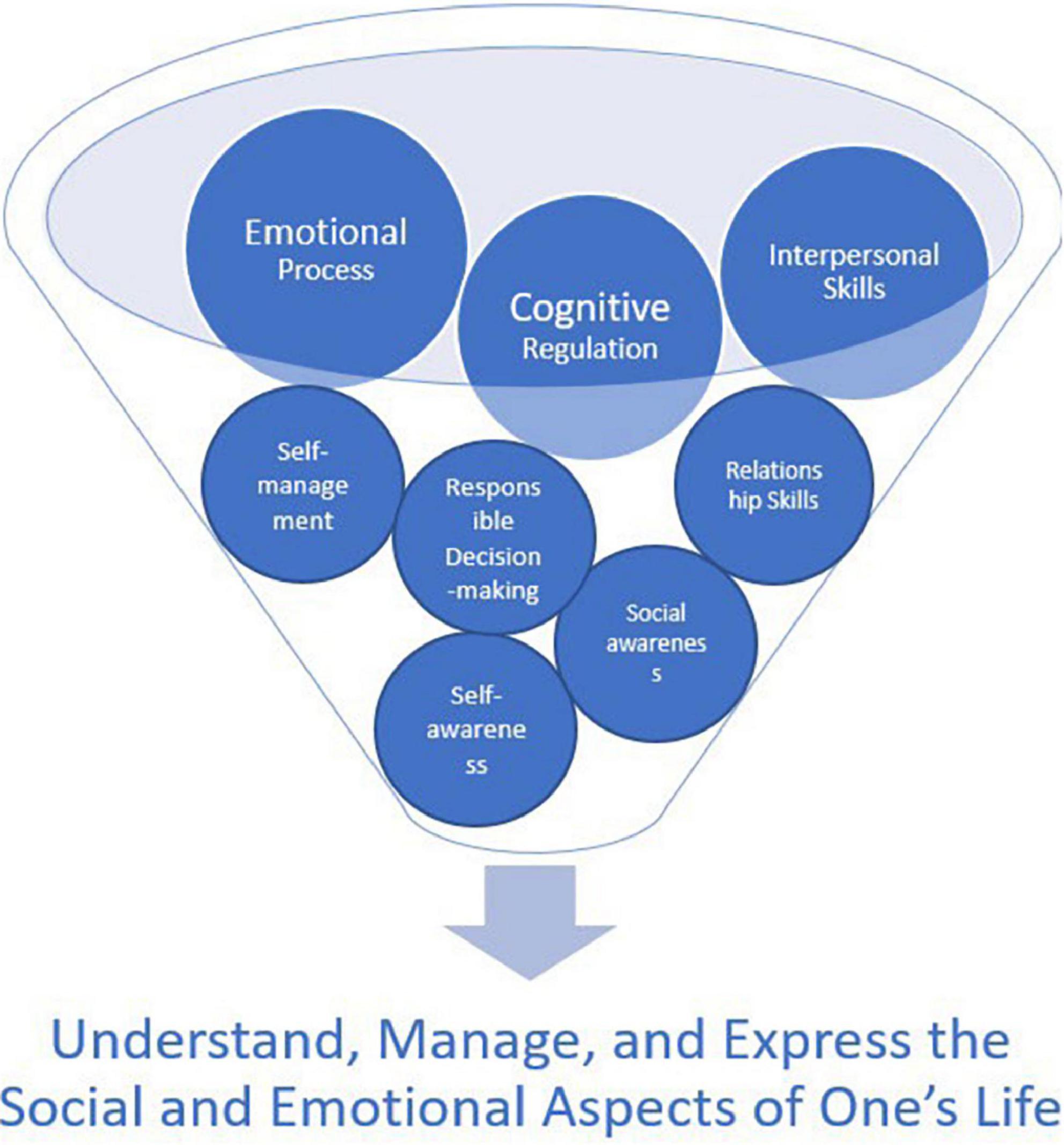Overcoming Common Challenges in Implementing SEL Curricula: Key Strategies for Success
Introduction: The Importance of SEL in Today’s Schools
Social-emotional learning (SEL) plays a pivotal role in nurturing well-rounded,resilient,and compassionate students. As educational institutions increasingly prioritize student well-being, implementing effective SEL curricula has become essential. However, bringing SEL programs into classrooms is not without obstacles. In this guide, we’ll explore the common challenges in implementing SEL curricula and offer actionable strategies to ensure a smooth, impactful rollout in your school or district.
What Is SEL and Why Does It Matter?
SEL, or social-emotional learning, is the process through which individuals acquire and effectively apply the knowledge, skills, and attitudes to develop healthy identities, manage emotions, achieve goals, show empathy, establish positive relationships, and make responsible decisions.
- Academic Betterment: SEL initiatives are linked to higher academic performance, increased motivation, and reduced behavior problems.
- Positive School Climate: Fostering social-emotional growth leads to safer, more inclusive, and supportive learning environments.
- Long-Term Success: SEL builds foundational life skills such as emotional intelligence,resilience,and effective communication.
Common Challenges in Implementing SEL Curricula
While the benefits of SEL are clear, educators and administrators often face significant hurdles when integrating SEL into the classroom. Here are some of the most prevalent obstacles:
- Lack of Time and Competing Academic Priorities
- Limited Resources and Funding
- Insufficient Staff Training and Buy-In
- Inconsistent implementation
- Difficulty Measuring SEL Outcomes
- Cultural and Community Barriers
Key Strategies for Successful SEL Implementation
To create lasting, positive change, schools must proactively address these challenges.Here’s how to overcome common barriers and drive SEL success:
1. Build a Clear Vision and Strong Leadership Support
- Develop a shared understanding of SEL goals and expectations among staff, students, and families.
- Encourage school leaders to model SEL competencies and advocate for its value within the community.
- Establish an SEL leadership team to guide planning, implementation, and continuous improvement.
2. Prioritize Staff Training and Professional Advancement
- Provide ongoing, high-quality SEL training tailored to your school context.
- Offer opportunities for teachers to discuss successes, challenges, and best practices in collaborative settings.
- Equip educators with practical tools and resources for weaving SEL into daily instruction.
3. Integrate SEL with Academic Learning
- Embed SEL skills and concepts across subjects, rather than treating them as a standalone or “add-on.”
- Utilize project-based learning and real-world scenarios to reinforce SEL competencies.
- Encourage cross-curricular collaboration to make SEL relevant in all aspects of school life.
4. Ensure Consistent and Equitable Implementation
- Adopt evidence-based SEL curricula that are adaptable and culturally responsive.
- Assign SEL “champions” or liaisons to support fidelity and troubleshoot challenges.
- regularly evaluate classroom and school-wide SEL practices to ensure consistency and equity.
5. Foster Family and Community Engagement
- Host family workshops and informational sessions to explain the importance of SEL.
- Provide resources that empower families to reinforce SEL skills at home.
- Partner with local organizations to widen the support network for students.
6. Strategically Allocate Resources and Support
- Leverage existing school budgets, grants, and community partnerships for SEL funding.
- Start small with pilot programs or focus on a grade level to build momentum.
- Utilize digital tools and free online SEL resources to maximize impact when budgets are tight.
7. Measure Progress and Celebrate Success
- Identify clear metrics for SEL outcomes, such as school climate surveys, attendance, or behavior data.
- Share stories of progress and student growth to maintain enthusiasm and support.
- Adjust and refine SEL programs based on ongoing feedback and evidence.
Benefits of Overcoming SEL implementation Challenges
When schools successfully navigate the complexities of SEL integration, the rewards are substantial:
- Improved Academic Outcomes: Students consistently perform better academically in environments where SEL is prioritized.
- Enhanced Emotional and Mental Health: SEL reduces anxiety, stress, and behavioral problems, fostering healthier students.
- Empowered, Well-Equipped educators: Teachers report greater job satisfaction and classroom management skills.
- Stronger School-Community Relationships: families and communities become partners, not just observers, in student growth.
Case Study: SEL Success in Action
Evergreen Elementary School faced significant resistance when introducing SEL initiatives. Teachers worried about losing instructional time,and families were skeptical of new programs. By forming a dedicated SEL team, providing targeted professional development, and inviting parents to participate in SEL activities, the school witnessed:
-
A 40% decrease in disciplinary referrals within two years.
-
Noticeably higher student engagement and classroom participation.
-
Positive feedback from parents reporting improved behavior at home.
Evergreen’s strategy? Start small, measure often, and communicate successes clearly.
Practical Tips for Educators and Leaders
- lead by Example: Demonstrate SEL competencies in everyday interactions to inspire students and colleagues.
- Create Safe Spaces: Foster open dialog where students feel cozy expressing themselves.
- Encourage Peer Collaboration: Use group activities to build trust and teamwork.
- Celebrate Small Wins: Recognize progress, no matter how incremental, to build positive momentum.
- Advocate Relentlessly: Voice the value and impact of SEL to all stakeholders.
Conclusion: Moving Forward with SEL Success
Implementing a successful SEL curriculum is a journey, not a fast fix. By anticipating and proactively addressing common challenges in SEL implementation, educators can lay the groundwork for enduring growth—in academic achievement, emotional intelligence, and positive school culture. With commitment,creativity,and collaboration,schools can unlock the full potential of social-emotional learning for every student.
Ready to start your SEL journey? Begin with clear goals, empower your staff, and engage your community. The results will shape not just smarter students,but more empathetic,connected,and capable future citizens.

